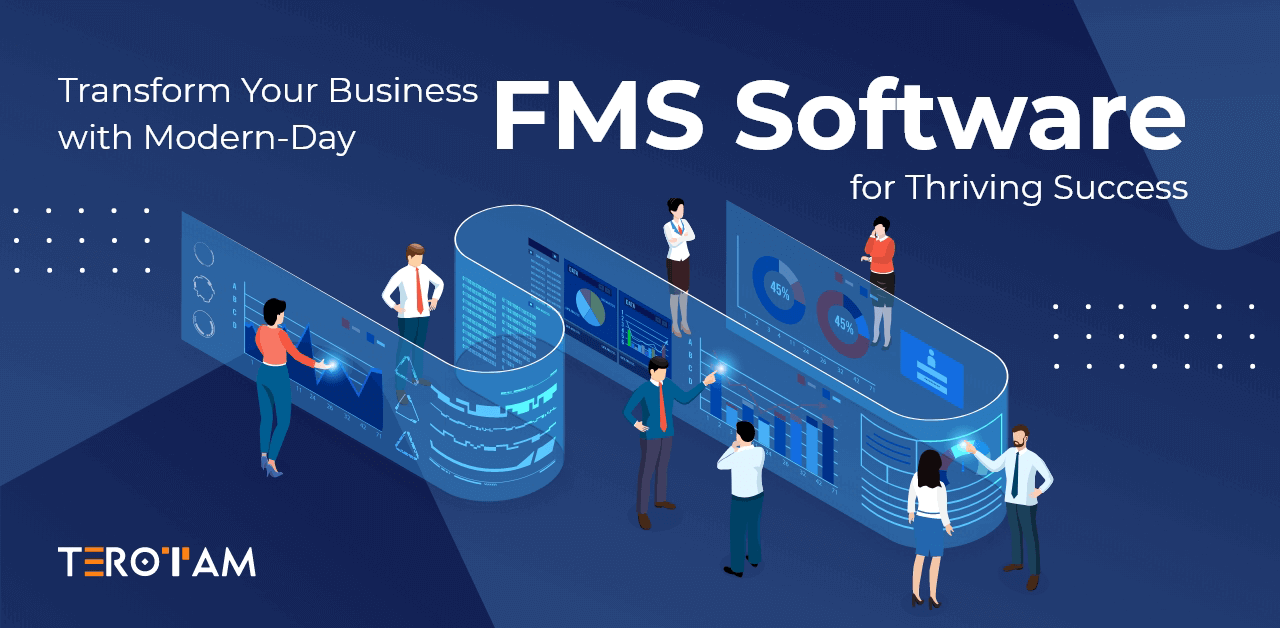
In today’s competitive landscape, businesses rely heavily on software solutions to streamline operations, improve efficiency, and drive productivity gains across various functions. Whether it’s managing projects, optimizing workflows, or enhancing collaboration, the right software can make a significant difference. Here’s a comprehensive overview of key software categories and their benefits:
1. Project Management Software
Overview: Project management software helps businesses plan, organize, and execute projects effectively. It facilitates collaboration among team members, tracks progress, and ensures projects stay on schedule and within budget.
- Key Features:
- Task Management: Assign tasks, set deadlines, and track progress in real-time.
- Team Collaboration: Share files, communicate updates, and collaborate seamlessly.
- Resource Allocation: Allocate resources efficiently and manage workload distribution.
- Reporting and Analytics: Generate reports, analyze project metrics, and identify areas for improvement.
- Popular Tools: Examples include Trello, Asana, Monday.com, and Microsoft Project.
2. Customer Relationship Management (CRM) Software
Overview: CRM software enables businesses to manage interactions with current and potential customers. It centralizes customer data, automates sales processes, and improves customer relationships.
- Key Features:
- Contact Management: Store and organize customer information in a centralized database.
- Sales Automation: Automate sales tasks such as lead nurturing, follow-ups, and pipeline management.
- Analytics and Reporting: Track sales performance, customer interactions, and marketing campaigns.
- Customer Support: Provide timely support through integrated ticketing systems and knowledge bases.
- Popular Tools: Examples include Salesforce, HubSpot CRM, Zoho CRM, and Microsoft Dynamics 365.

3. Enterprise Resource Planning (ERP) Software
Overview: ERP software integrates core business processes such as finance, HR, inventory management, and manufacturing into a single system. It provides real-time visibility and data-driven insights for informed decision-making.
- Key Features:
- Financial Management: Manage accounting, budgeting, and financial reporting.
- Supply Chain Management: Streamline procurement, inventory control, and logistics.
- HR and Payroll: Automate payroll processing, employee management, and compliance.
- Business Intelligence: Analyze data trends, forecast demand, and optimize resource allocation.
- Popular Tools: Examples include SAP ERP, Oracle ERP Cloud, Microsoft Dynamics 365, and NetSuite.
4. Communication and Collaboration Tools
Overview: Communication and collaboration tools are essential for facilitating teamwork, enhancing internal communication, and fostering productivity, especially in remote or distributed teams.
- Key Features:
- Instant Messaging: Real-time messaging and chat platforms for quick communication.
- Video Conferencing: Virtual meetings with HD video, screen sharing, and recording capabilities.
- File Sharing and Collaboration: Cloud storage solutions for sharing documents, collaborating on files, and version control.
- Project Wikis and Knowledge Bases: Centralized repositories for storing and accessing organizational knowledge.
- Popular Tools: Examples include Slack, Microsoft Teams, Zoom, Google Workspace (formerly G Suite), and Dropbox.

5. Workflow Automation Software
Overview: Workflow automation software simplifies repetitive tasks, enhances efficiency, and reduces human error by automating workflows and business processes.
- Key Features:
- Workflow Design: Create custom workflows with drag-and-drop interfaces.
- Process Automation: Automate approvals, notifications, data entry, and task assignments.
- Integration Capabilities: Connect with other business applications and systems for seamless data flow.
- Analytics and Optimization: Monitor workflow performance, identify bottlenecks, and optimize processes.
- Popular Tools: Examples include WorkflowMax, Kissflow, Zapier, and Integromat.
Conclusion
Investing in the right software solutions is crucial for businesses looking to optimize operations, improve productivity, and maintain a competitive edge in today’s fast-paced market. Whether it’s project management, CRM, ERP, communication tools, or workflow automation, leveraging technology can streamline processes, enhance collaboration, and drive growth. By choosing tools that align with your business needs and integrating them effectively into your operations, you can achieve greater efficiency and success.
Additional Resources
Provide links to further reading on specific software solutions, best practices for implementation, and tips for selecting the right tools based on business size and industry requirements.
This comprehensive guide outlines various software solutions that businesses can leverage to manage operations efficiently and enhance productivity across different functional areas. If you have specific software preferences or need further customization of this information, feel free to let me know!






